Shaolin Temple
When mentioning Shaolin Temple, readers will immediately think of the image of monks with extraordinary martial arts skills, strong Buddhist power, and chivalrous life, ready to sacrifice themselves for justice. In Kim Dung's stories, Shaolin Temple is compared to Thai Son Bac Dau, the cradle of martial arts in Central China.
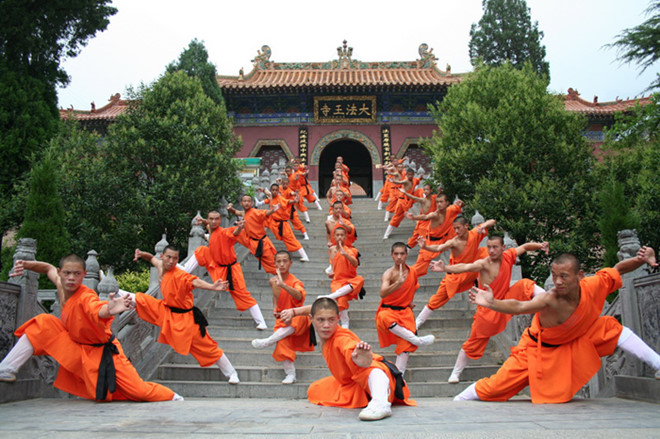

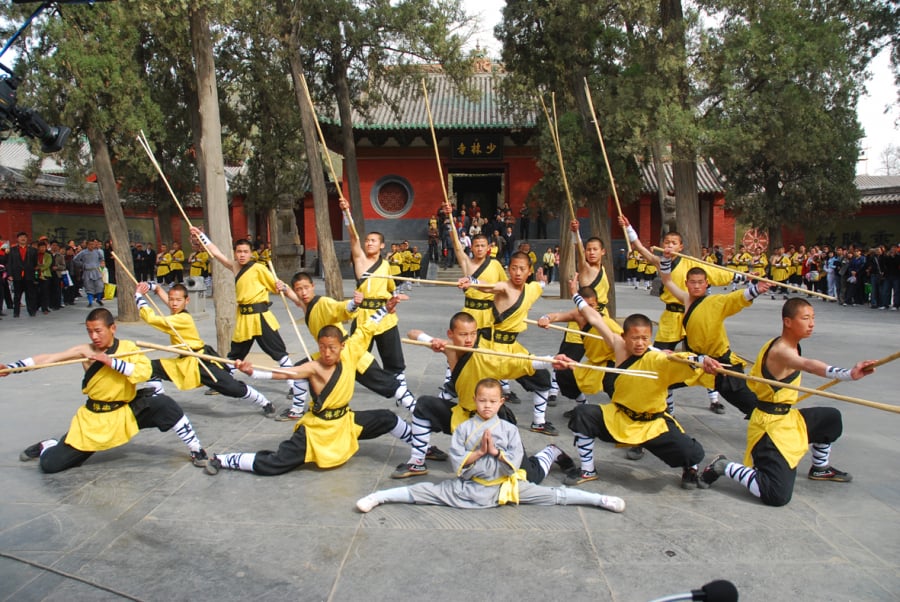
In real life, Shaolin Temple is a majestic temple located on Shaoshi Mountain in the Songshan Range, in Zhengzhou, Henan, on the banks of the Yellow River. This temple has long been famous for its connection with Zen Buddhism and martial arts. Most of the martial arts schools in China today have their origins in the cradle of Chinese Zen Buddhism, that is, Shaolin Temple.
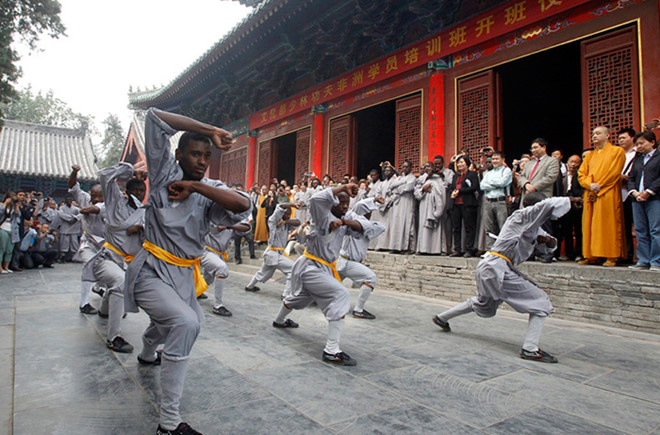
Shaolin Temple was built in the year Taihe (497). Through historical upheavals, the temple has been restored many times with many historical relics to visit. Currently, at the foot of Shaolin Mountain, there are about 60 academies and martial arts schools teaching Shaolin martial arts to thousands of students from home and abroad.
Agency
In the famous novel Demi-Gods and Semi-Devils, Dali is the kingdom of the prince Doan Du.
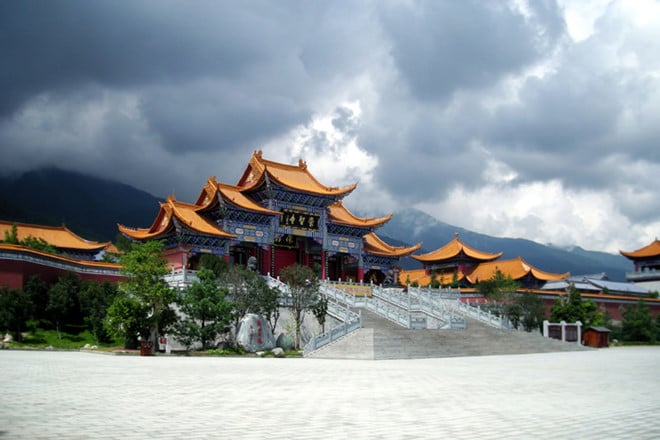
Dali is actually the capital of the Bai Autonomous Prefecture of Dali, covering an area of about 1,468 km², with a population of more than 500,000 people. From the 7th to the 10th century, Dali was the political, cultural, and historical center of Yunnan province.
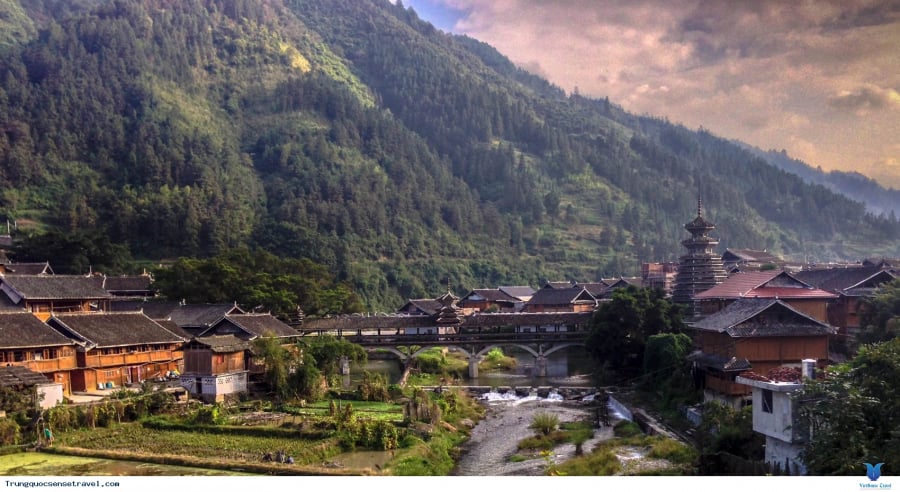
There are many unique architectural works that are still well preserved today in this land, including the ancient city of Dali (also known as the Forbidden City of Dali) built in 1382 with a wall 7.6 m high and a perimeter of 12 miles.

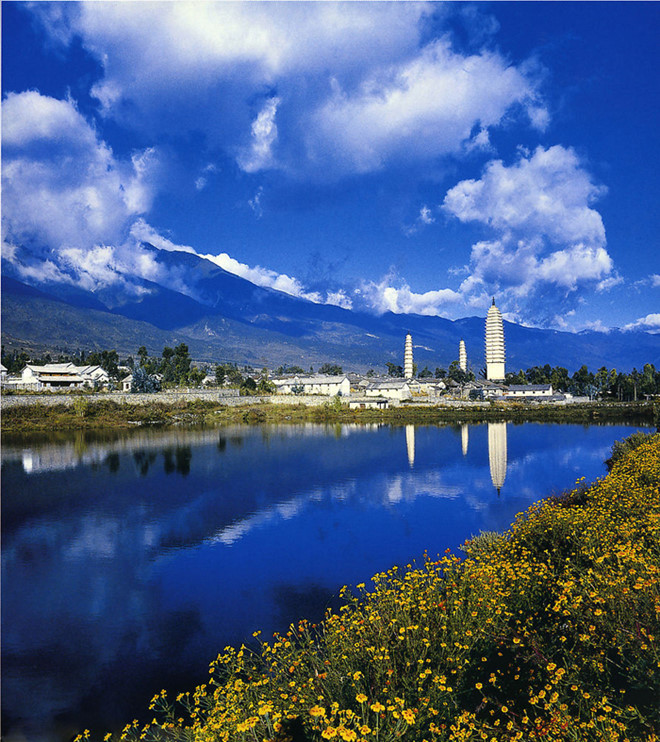
Dali City has a temperate plateau climate. Dali people love flowers, almost every house has flowers planted in front of the gate and around the yard.
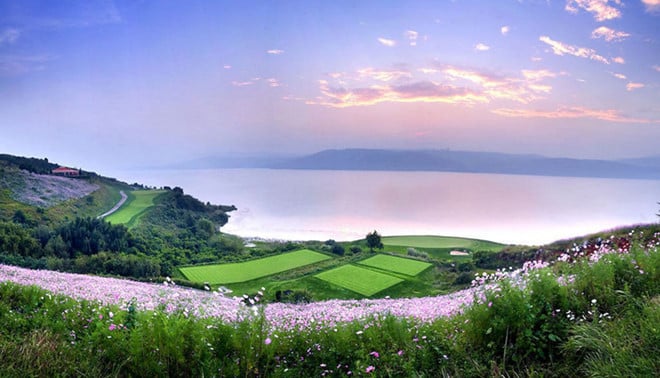
Not only in Dali city, the neighboring counties of the city are also planned to grow flowers, the most famous are azaleas and camellias (called Mandala flowers in Sanskrit).
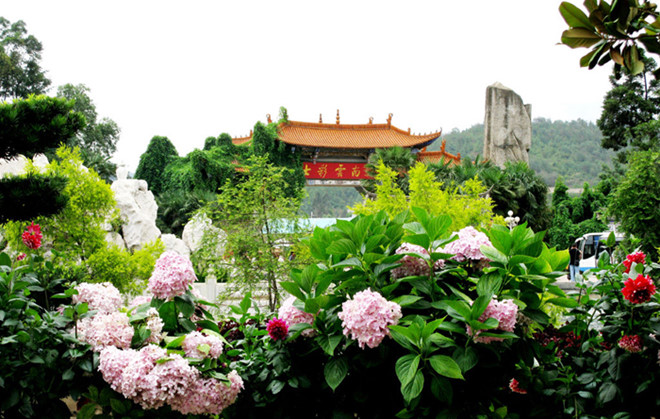
In particular, camellia grown in Dali not only has many varieties but also blooms more brilliantly than camellia in other areas.
Peach Blossom Island
Peach Blossom Island, also known as Peach Blossom Island, has an area of 41 km2, is a large island in Putuo, Zhoushan, Zhejiang. Under the pen of Kim Dung, this is the residence of Dong Ta Hoang Duoc Su, a talented and erudite martial arts character very famous for his half-righteous, half-evil behavior in the two novels The Legend of the Condor Heroes and The Return of the Condor Heroes.
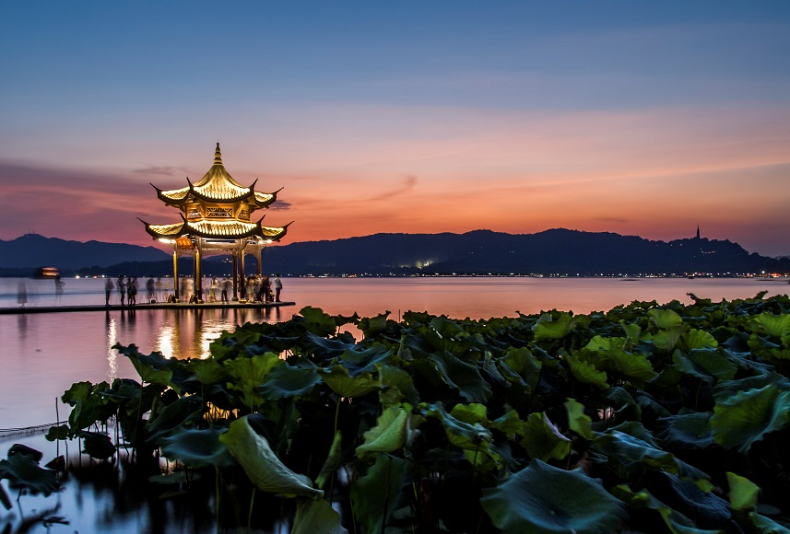
This area has many architectural works built based on the locations in the novel The Legend of the Condor Heroes such as Hoang Duoc Su's villa, Nguu Gia Trang, Quy Van Trang, Duong Lam An, the capital, Nam De temple, Dong Ta port, Thinh Vu Cu..., and especially the portrait statue of martial arts author Kim Dung.
Mount Emei
When mentioning Nga Mi, you will immediately remember the famous characters in the novel The Heaven Sword and Dragon Saber by writer Kim Dung such as Zhou Zhiruo, Master Diet Tuyet...
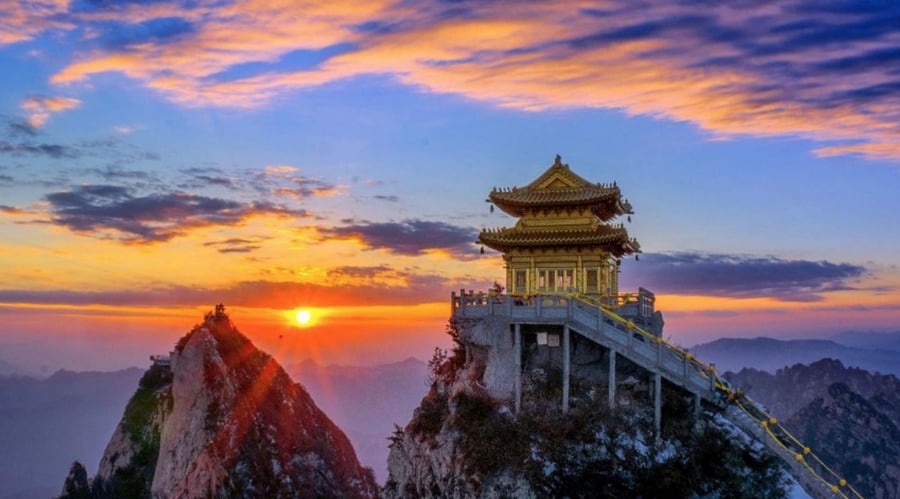

Mount Emei, also known as “Dai Quang Minh Son”, is located in Central South, Sichuan Province, China. The highest peak of Mount Emei is Van Phat, located on the main mountain Kim Dinh with an altitude of 3,099m. Mount Emei is also a mountain with many temples and is one of the “Four Great Buddhist Mountains” of China, along with Mount Wutai, Mount Jiuhua and Mount Putuo.

Kim Dinh, also known as Van Phat Dinh, is one of the famous mountains of Nga Mi. The unique thing when coming here is that visitors can see the four famous wonders of Nga Mi mountain, including the sunrise, the sea of clouds, the Buddha's halo and the holy lamp.
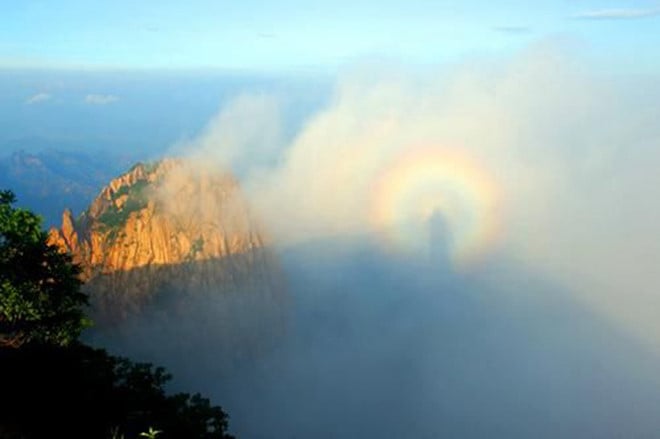
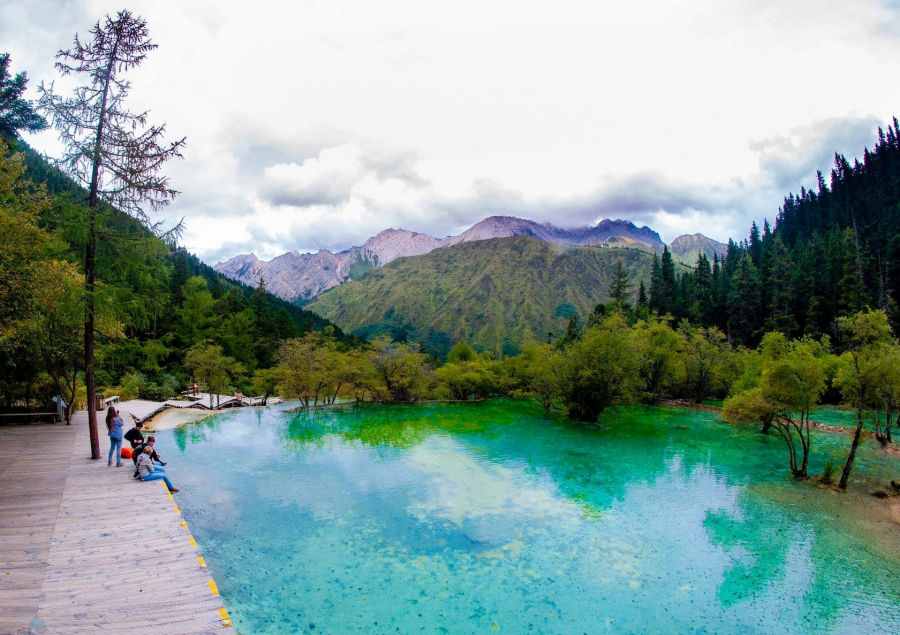

Yanmen Pass
Under the pen of Kim Dung, Nhan Mon Quan in the swordplay novel Thien Long Bat Bo has become a legendary land, where the great martial arts hero Kieu Phong used his own life to exchange for peace for the people of the two countries Tong - Liao.
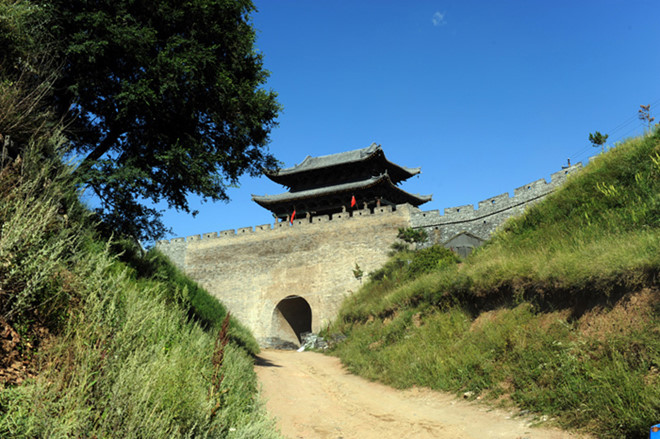
Yanmen Pass is located in a valley in Dai County, 20 km north of Xinzhou City, Shanxi Province and is an important pass of the ancient Great Wall. Because it is nestled between two steep cliffs with extremely dangerous terrain, this land is named Yanmen Pass, implying that only swallows and swifts can fly over this majestic pass.

At present, all three gates of Yanmen Pass are still well preserved and this site has become an important ancient military relic of Shanxi Province. At the same time, Yanmen Pass is also an important part of the world cultural heritage and is also known as “China’s number one pass”.

































